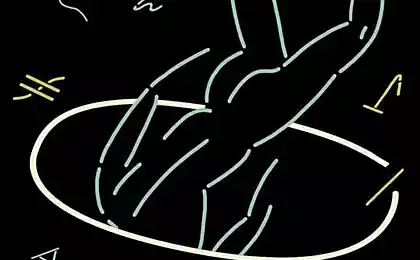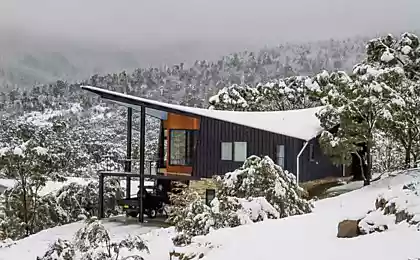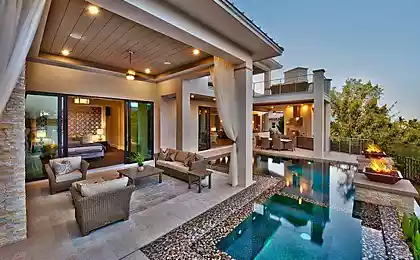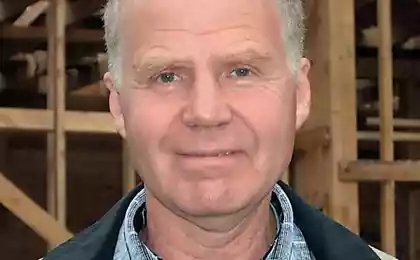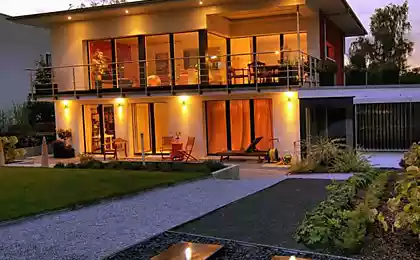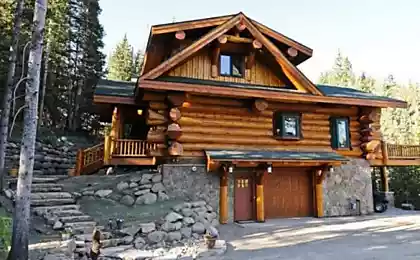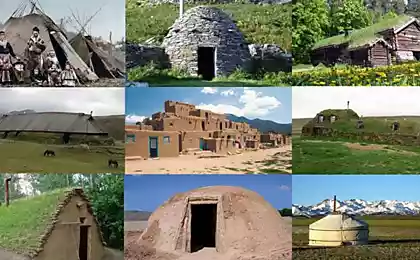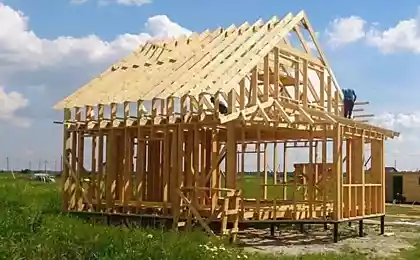420
The house, which in winter do not need to heat
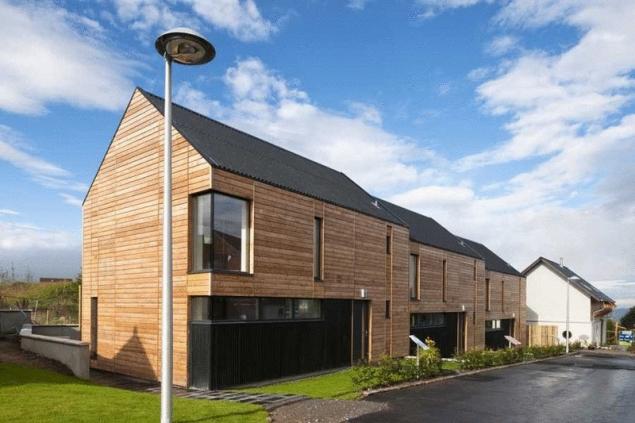
In the beginning of the new current Millennium, there have been many concepts for ZERO-energy homes. The technology of construction and operation remain to this day expensive and complicated.
One of the interesting houses of this type - house in Germany. External walls made of steel plates with a thickness of 4-6 inches. Plates are recessed to 2 m into the soil, based on a horizontal steel plate which performs the function of the Foundation and transmitter heat of the earth. In summer the external heat "floats" under the earth, and in winter — up to heat the house. This house is lighter than normal and much warmer in the winter. More precisely it allows to reduce the heat exchange with outdoor air in both winter and summer.
In Poland there are houses that don't need boiler and radiators. On the street Chereshneviy, 134 in Warsaw, built a house, the inventor and promoter of ZERO-energy houses — the Eugeniusz Rolewski. The cost of construction of the buildings is almost the same as with traditional boilers. Principles of construction of its houses are simple and consist of the following.
North and other walls that rarely gets the sun, insulate well (if foam, 16 cm, reach U = 0.15 W / ° C. * 2). The roof also insulate well, on one side of the roof to place solar collectors hot water (cheap!).
On the southern walls of the panel. Through the design of the panels during the day, solar energy is transferred to the wall, and at night the panels are well protected from frost. Summer panel you have to turn upside down: in the afternoon they will protect from the heat.
Well insulated the house is equipped with air heat exchangers (efficiency 70%) — heat exchangers. At the same time through them the dust. Heat exchangers suitable for washing because they are made of thick fabric.
Hot water from bath or kitchen sinks passes through the heat exchanger (of other designs), heating water that is supplied to the house. This partially reduces the cost of heating the next batch of water. After long cold and gloomy days there is a need for slight heating.
The direction of the passive construction promotes such facilities, which are annually used for heating only about 30 kWh / m or less.
Source: ecotown.com.ua/
